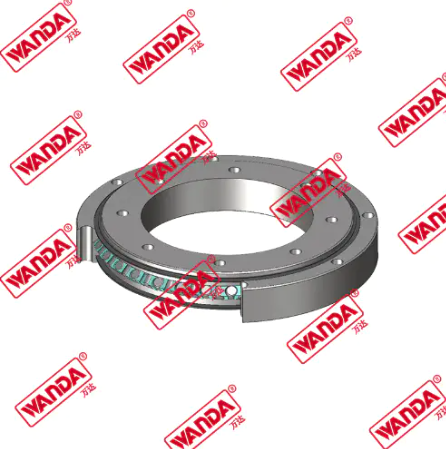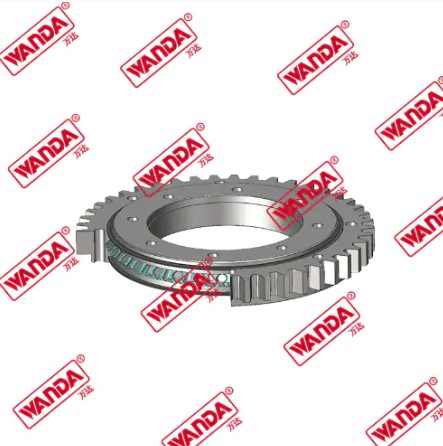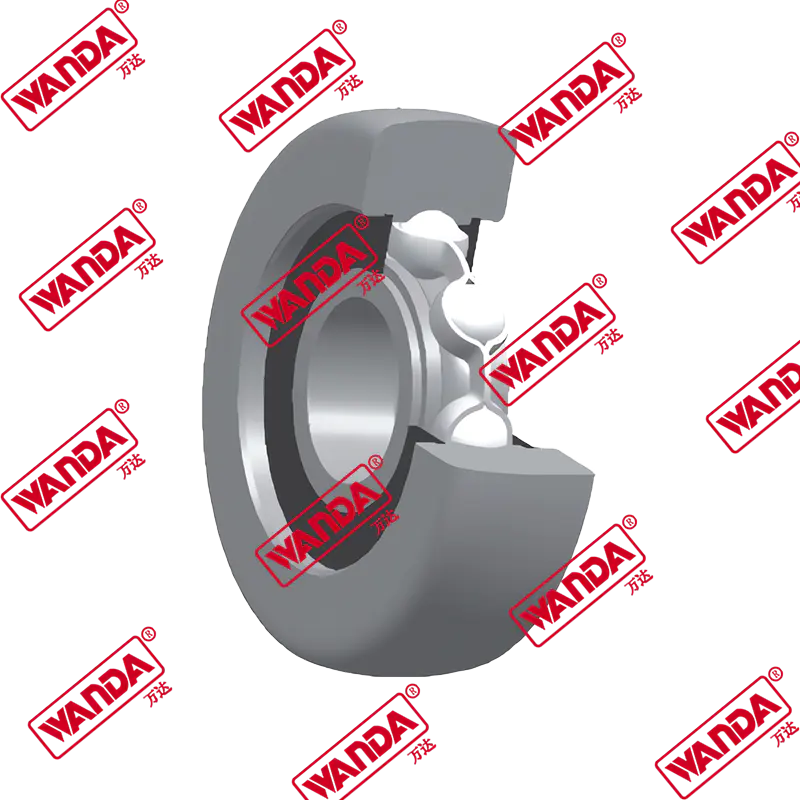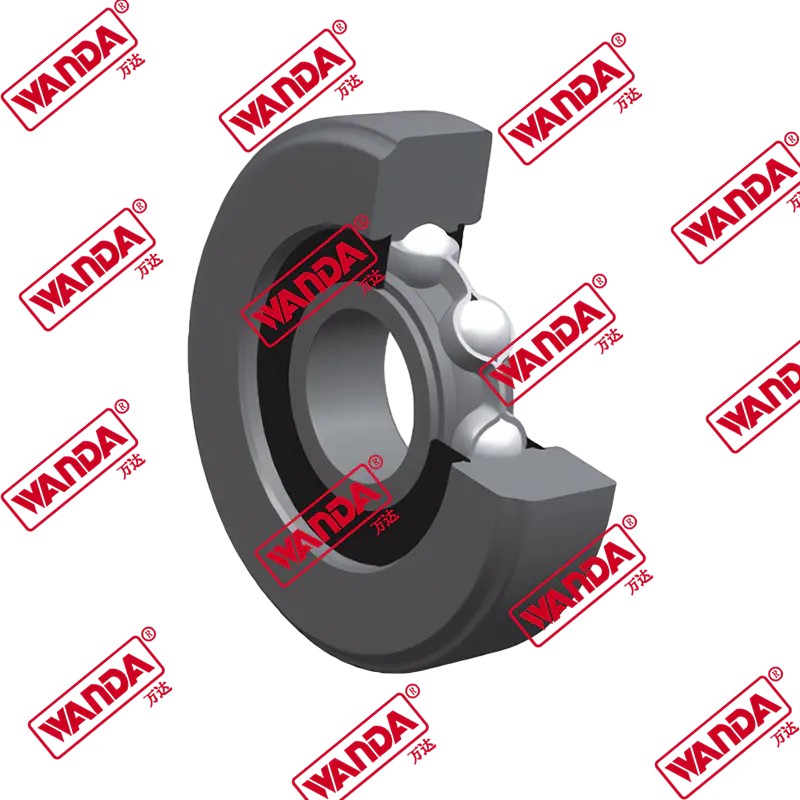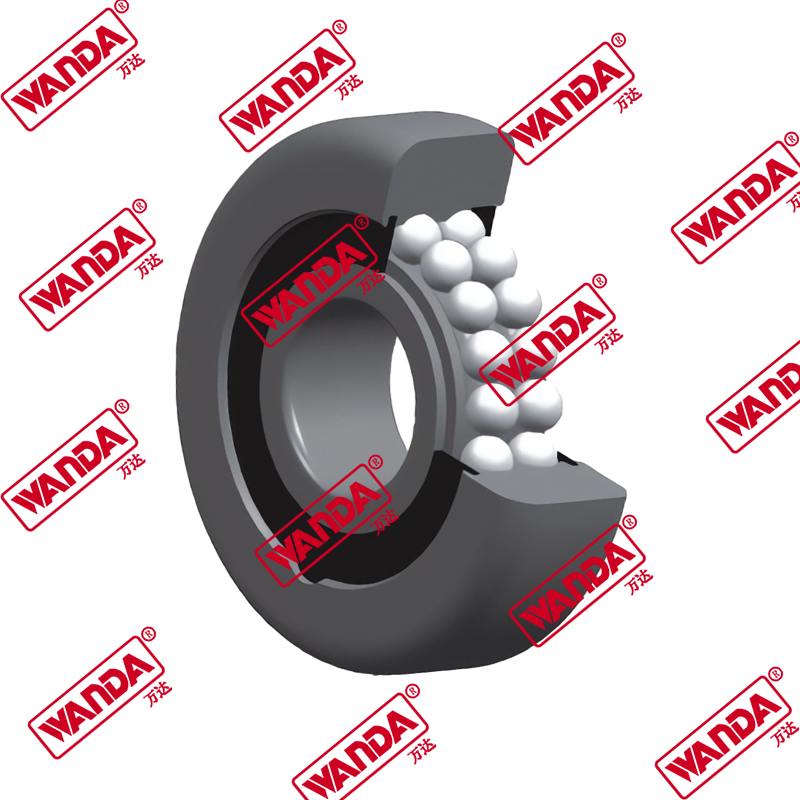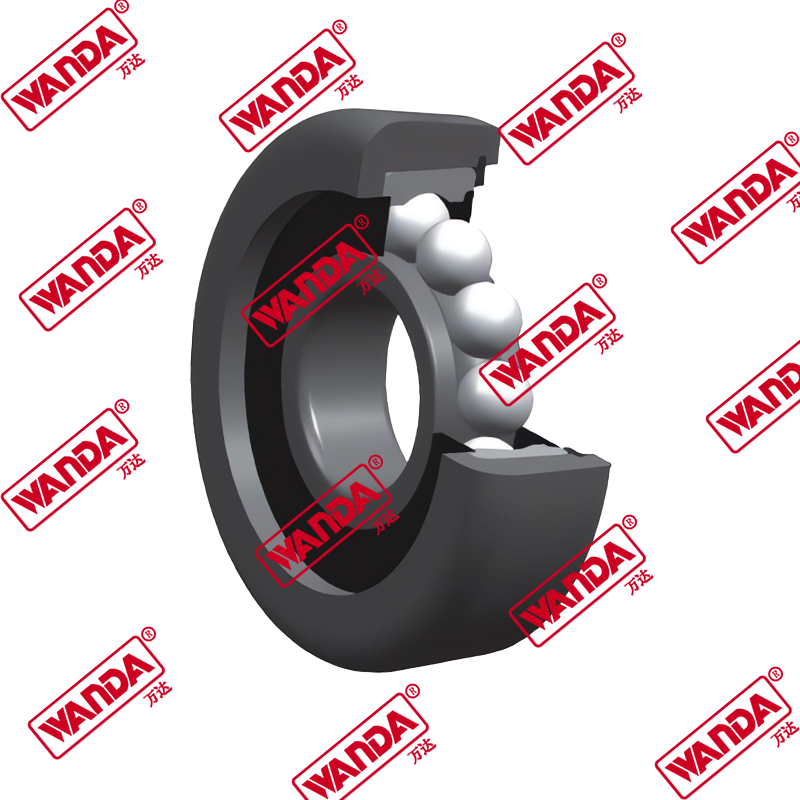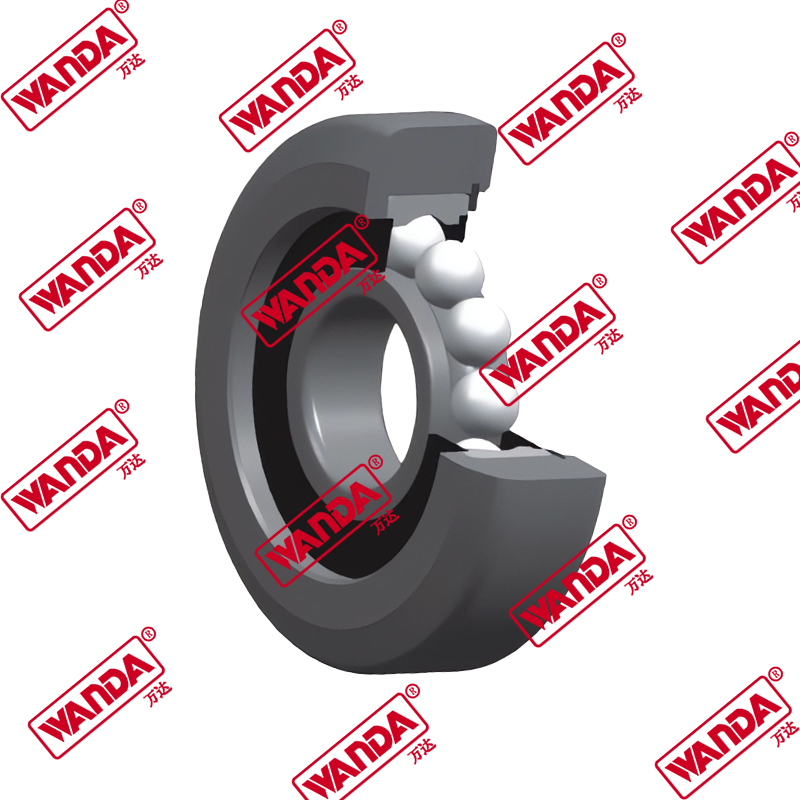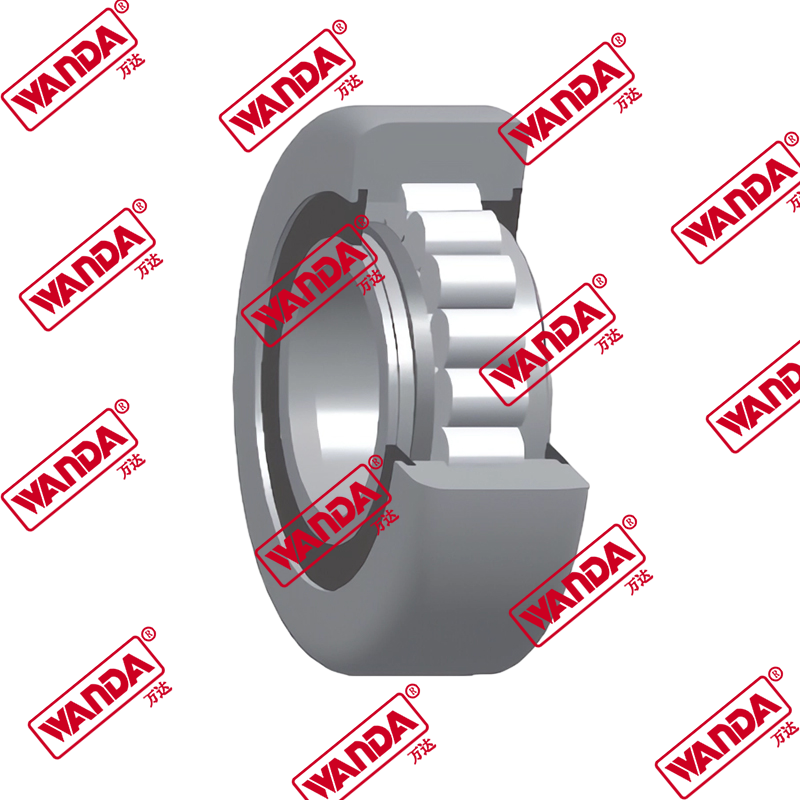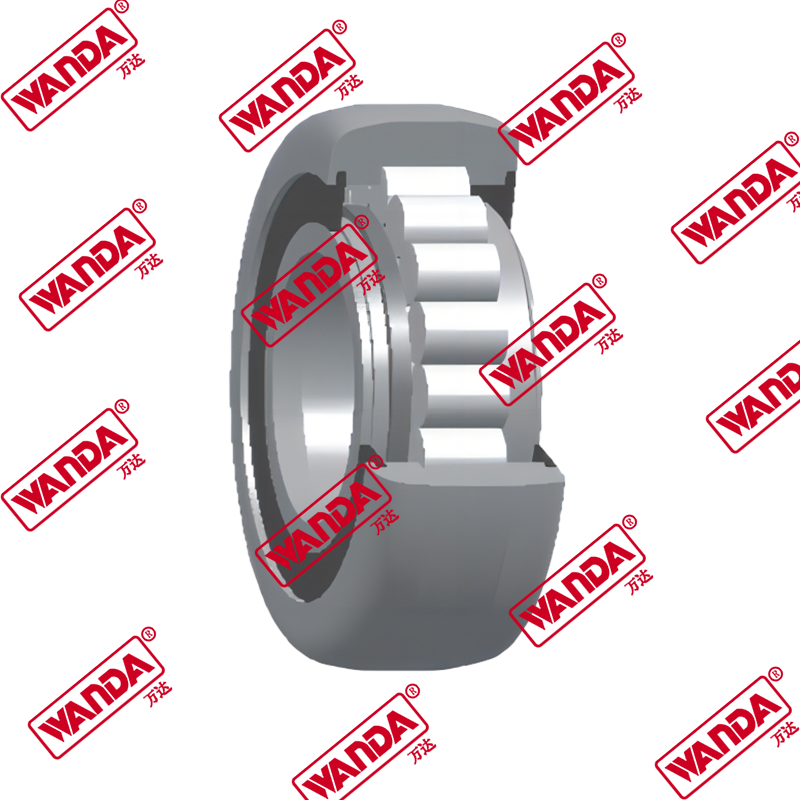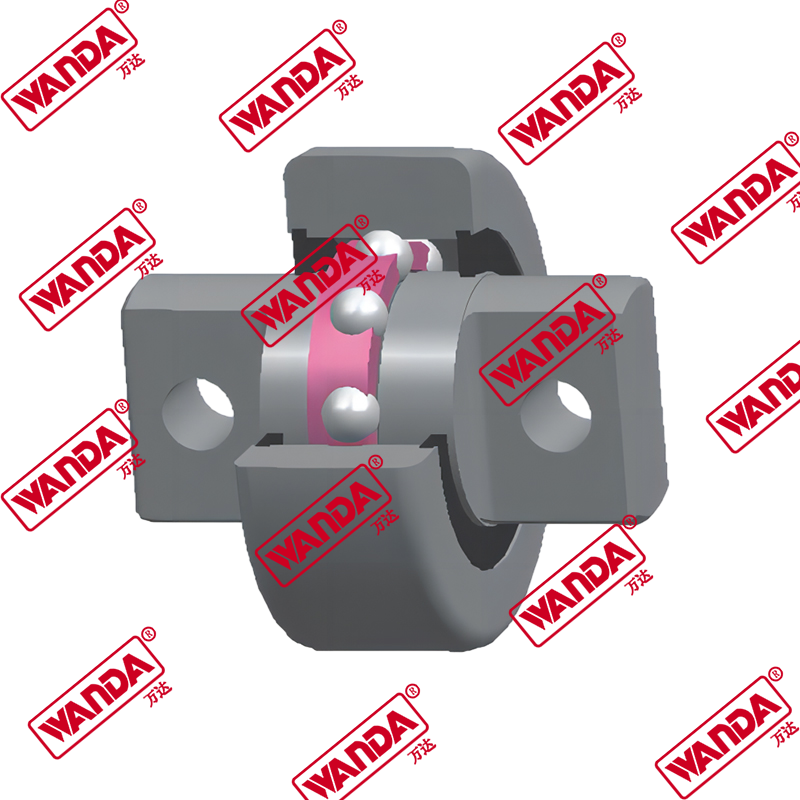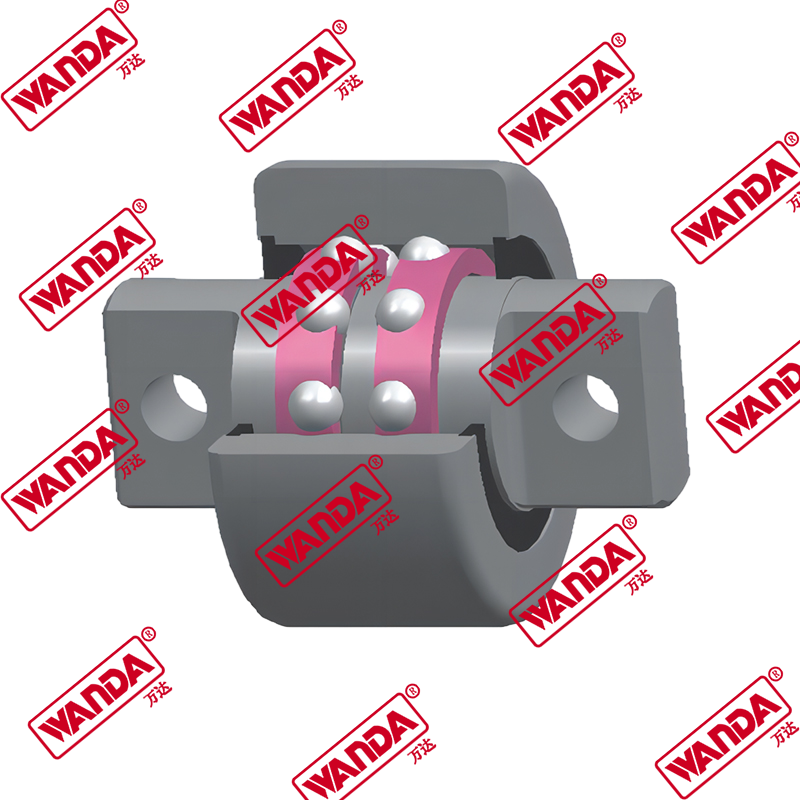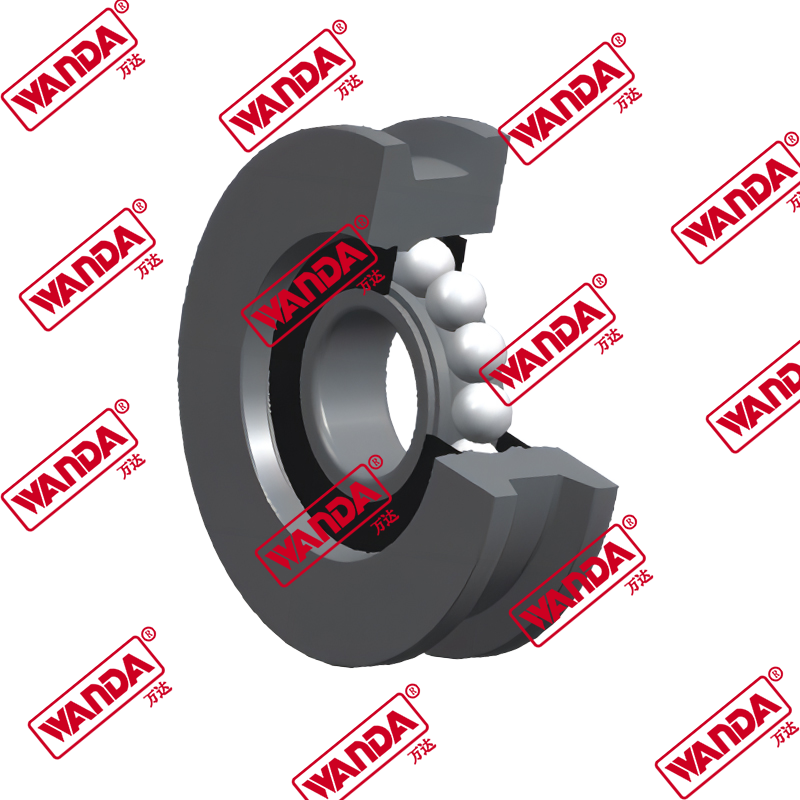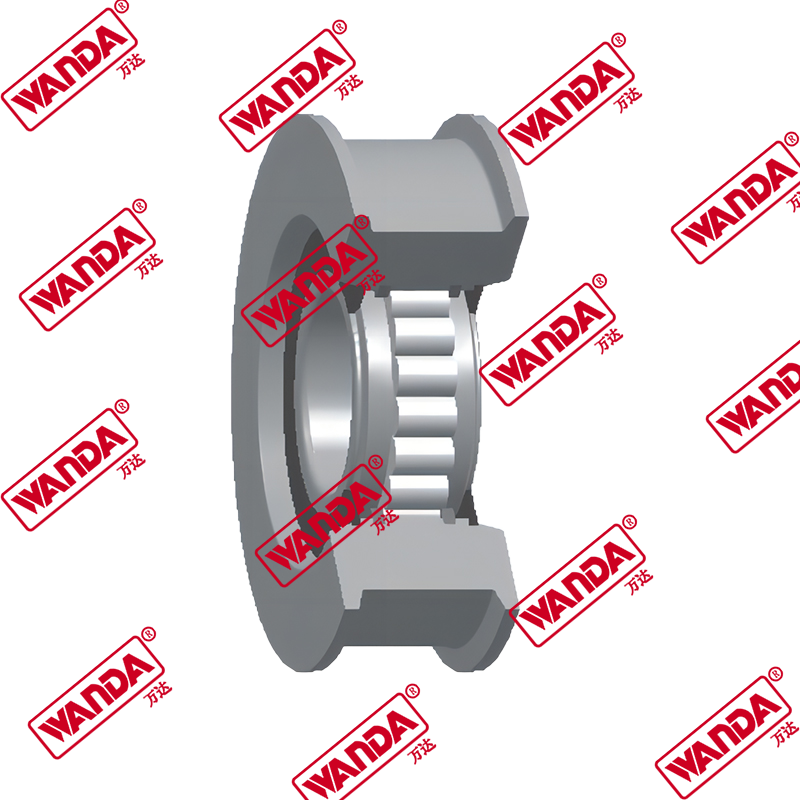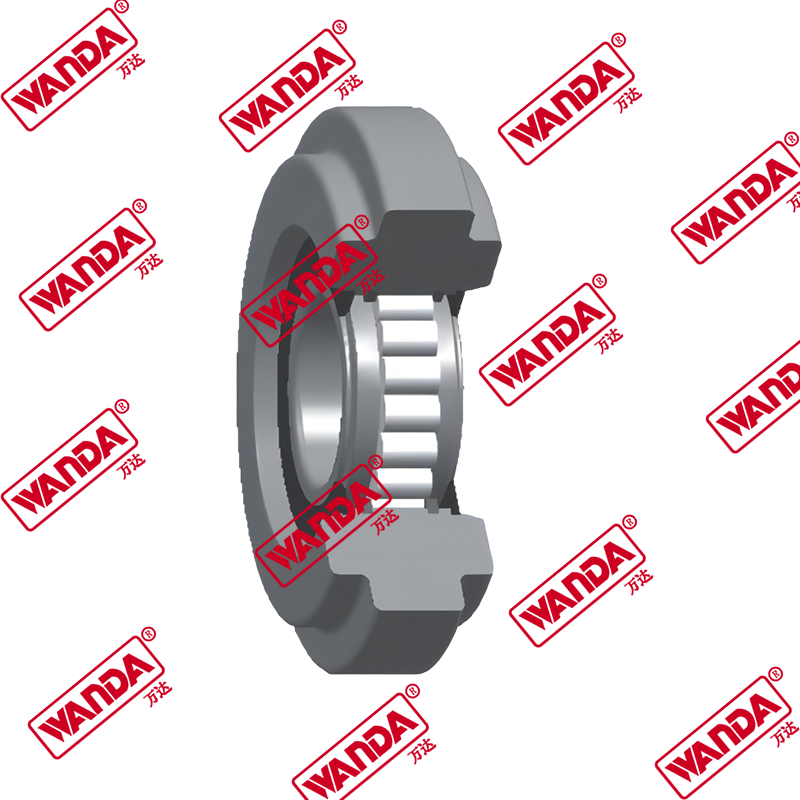With the rapid development of industrial automation and mechanical equipment technology, heavy machinery is increasingly used in various fields, including engineering construction, mining, port logistics and wind power equipment. As one of the core components of this type of equipment, the slewing bearing carries the rotation, transmission force and weight of the equipment, and is the key to ensuring the stability and reliability of mechanical operation. Among the many slewing bearing structures, the Four-point contact slewing ring with internal gear has become a widely favored choice in the field of heavy machinery due to its unique structural design and performance advantages.
1. Four-point contact structure: the core force of stability
1.1 Detailed explanation of the force mechanism of four-point contact
The name of the Four-point contact slewing ring comes from its unique contact method between the rolling element and the raceway. Unlike traditional slewing bearings, this structure bears the load at the same time through four contact points, achieving uniform load distribution.
Specifically, the rolling element forms four-point contact on the four raceway surfaces, which respectively bears the axial force, radial force and overturning moment. This design not only enhances the load-bearing capacity, but also improves the overall rigidity and stability.
1.2 Ability to carry multi-directional loads at the same time
In actual operation, heavy machinery slewing parts need to deal with multi-directional and multi-type loads. With the four-point contact structure, the Four-point contact slewing ring can efficiently bear:
Axial load (pressure perpendicular to the direction of the slewing axis)
Radial load (lateral force parallel to the direction of the slewing axis)
Overturning moment (rotational tendency caused by load)
These three loads often exist at the same time, requiring the slewing bearing to be able to bear gravity while maintaining accuracy and stability.
1.3 Comparative advantages with other structures
Compared with traditional slewing bearing structures such as double-row ball bearings and three-row rollers, the four-point contact structure has the following advantages:
Load bearing capacity is more advantageous, especially the overturning moment bearing is significantly enhanced
Compact structure, more reasonable overall size, saving mechanical space
More uniform force, reducing local stress concentration, and extending service life
These advantages make it perform well in extreme working conditions of heavy machinery.
2. Internal gear design: a combination of integration and efficiency
2.1 Improvement of structural compactness by built-in gear design
The internal gear structure means that the transmission gear is located inside the slewing bearing, and the overall structure is more compact than that of the external gear. For heavy machinery, the space-saving design can make the equipment structure more reasonable and compact, thereby improving the overall performance and reliability of the machinery.
2.2 Optimize the transmission path, reduce energy consumption and slewing clearance
The internal gear structure directly connects the drive device, reduces the number of transmission chains and parts, and effectively reduces the transmission energy consumption. At the same time, the meshing accuracy is improved and the slewing clearance is reduced, which is conducive to improving the positioning accuracy and operation response speed of the equipment.
2.3 Reduce installation complexity
The external gear structure requires additional space and connectors, while the internal gear design simplifies the mechanical connection, shortens the installation cycle, and improves the overall efficiency and accuracy of equipment assembly.
3. Heavy load and durability performance: a reliable choice for high-intensity environments
3.1 Material strength and heat treatment process
Heavy machinery slewing bearings face the dual challenges of high loads and harsh environments. The use of high-strength alloy steel, combined with advanced heat treatment processes (such as carburizing and quenching), greatly improves the wear resistance and fatigue resistance of the raceway and gears, which is the basis for ensuring long-term stable operation.
3.2 Structural response to high-frequency impact and continuous rotation conditions
During the operation of mechanical equipment, the raceway and gears will be subjected to frequent impact loads, especially in working conditions such as cranes and excavators. The four-point contact design effectively disperses the impact force, slows down the accumulation of material fatigue, and ensures long-term safe operation.
3.3 Service life and maintenance cycle
The wear resistance and structural stability of the four-point contact slewing bearing with internal teeth directly extend the service life, while reducing the maintenance frequency and maintenance cost. A good lubrication system design also further reduces friction and protects the raceway and gear surface from damage.
4. Installation and maintenance: high adaptability in actual working conditions
4.1 Mechanical layout space optimization
The internal gear design greatly saves installation space, facilitates the compact design and multi-functional integration of heavy machinery, reduces equipment size and weight, and improves overall efficiency.
4.2 Reduce assembly tolerance requirements
Due to its elastic bearing characteristics, the four-point contact structure has a stronger adaptability to assembly tolerances, effectively reducing the complexity and potential error risks during installation, and improving assembly efficiency and reliability.
4.3 Simplify lubrication system and convenient maintenance
The internal gears and raceways adopt a centralized lubrication design to ensure that key contact parts are fully lubricated and reduce wear. During maintenance, you only need to check the lubricating oil or grease regularly, with a long maintenance cycle and reduced downtime.
5. Technological development and future trends: Towards intelligent and high-precision transmission
5.1 Increased demand for transmission components under the background of intelligent manufacturing
Modern manufacturing pursues high efficiency, intelligence, and precision. As a key transmission component, slewing bearings also need to meet higher precision, rigidity and life indicators. Through sensors and intelligent monitoring technology, it has become a development trend to realize real-time monitoring of equipment status and preventive maintenance.
5.2 Design support of digital simulation and finite element analysis
Computer-aided design (CAD) and finite element analysis (FEA) technologies are widely used in stress analysis, fatigue life prediction and optimization design of slewing bearings to ensure that the structural strength and reliability reach the extreme.
5.3 Exploration of new materials and new structures
The continuous development of high-performance composite materials and surface treatment technology has brought lighter, higher-strength and corrosion-resistant material options to four-point contact slewing rings with internal gears. At the same time, innovative structural design improves overall performance and meets the needs of complex working conditions.
6. Summary
Four-point contact slewing ring with internal gear has become the core choice in the field of heavy machinery slewing bearings with its unique four-point contact structure and compact internal gear design.
It not only provides excellent load-bearing capacity and durability, but also optimizes the equipment structure and installation and maintenance process, helping mechanical equipment to achieve stable and efficient operation under extreme working conditions.
With the development of intelligent manufacturing and new material technology, this technology will continue to evolve and drive the heavy machinery industry towards a more efficient, more precise and smarter future.

